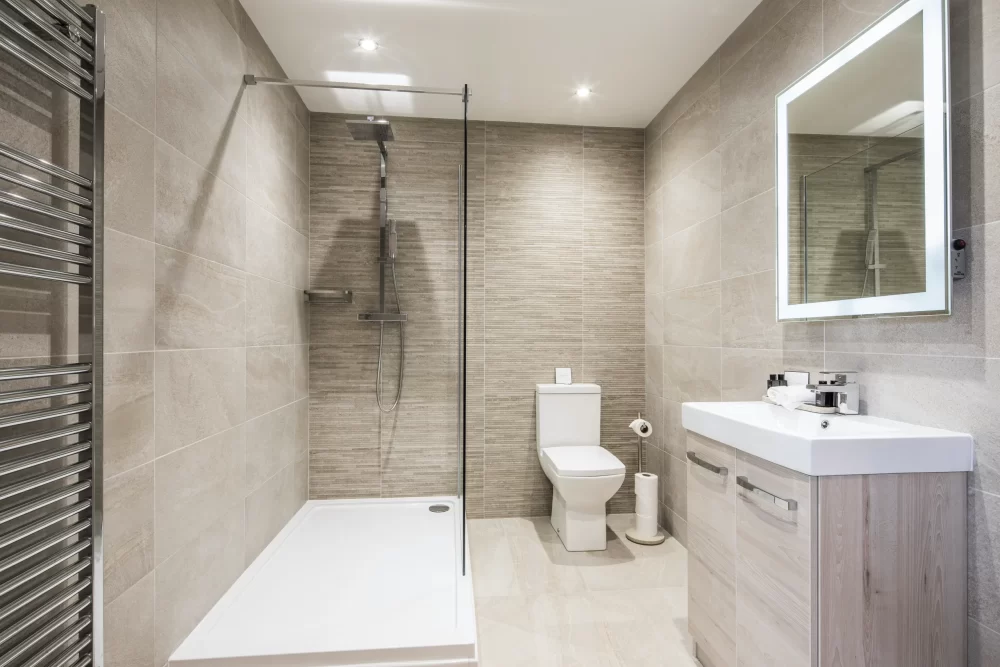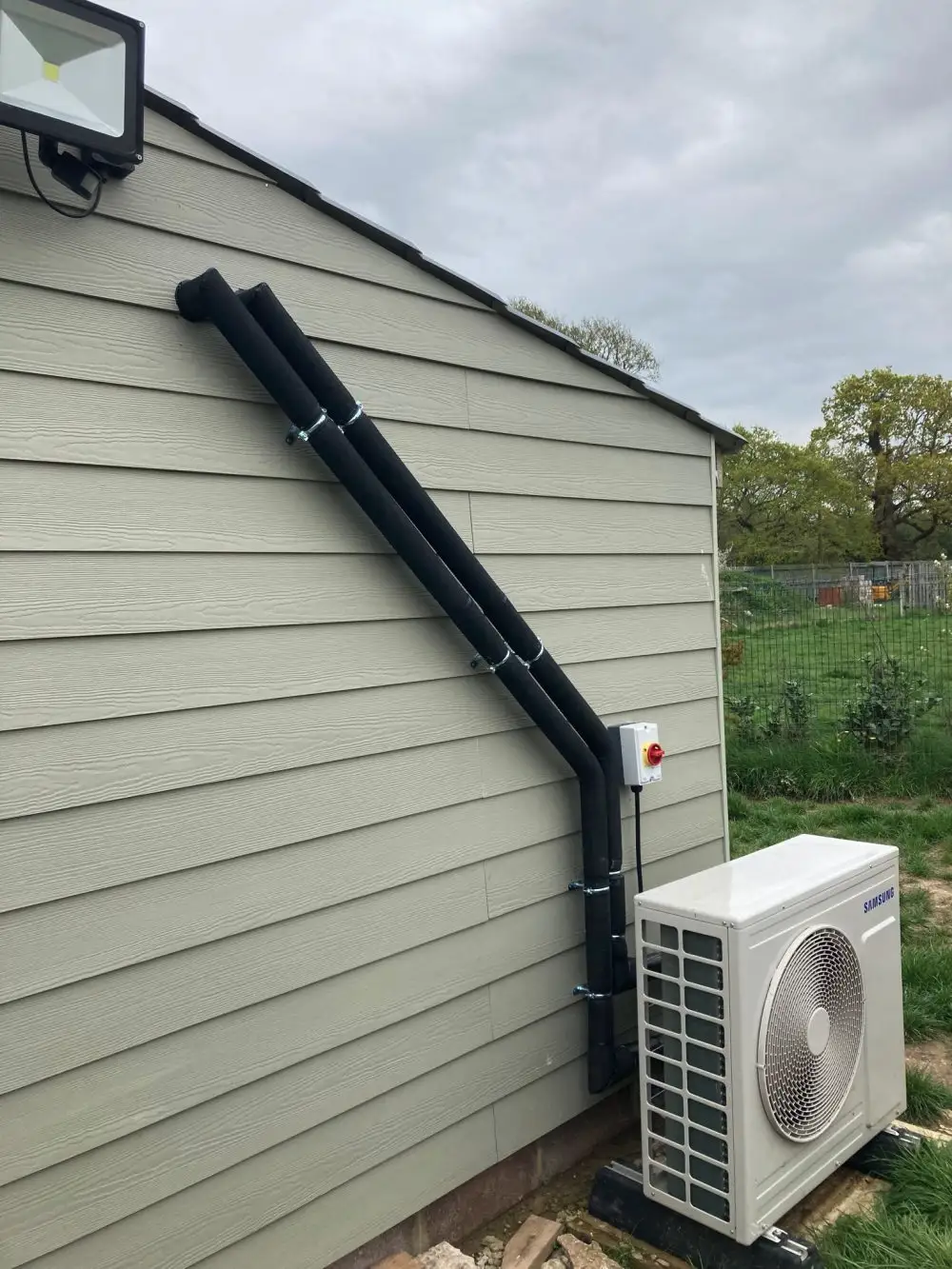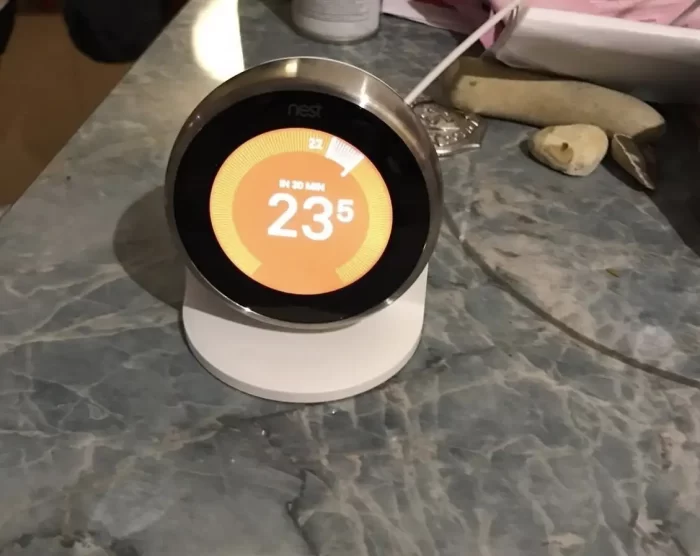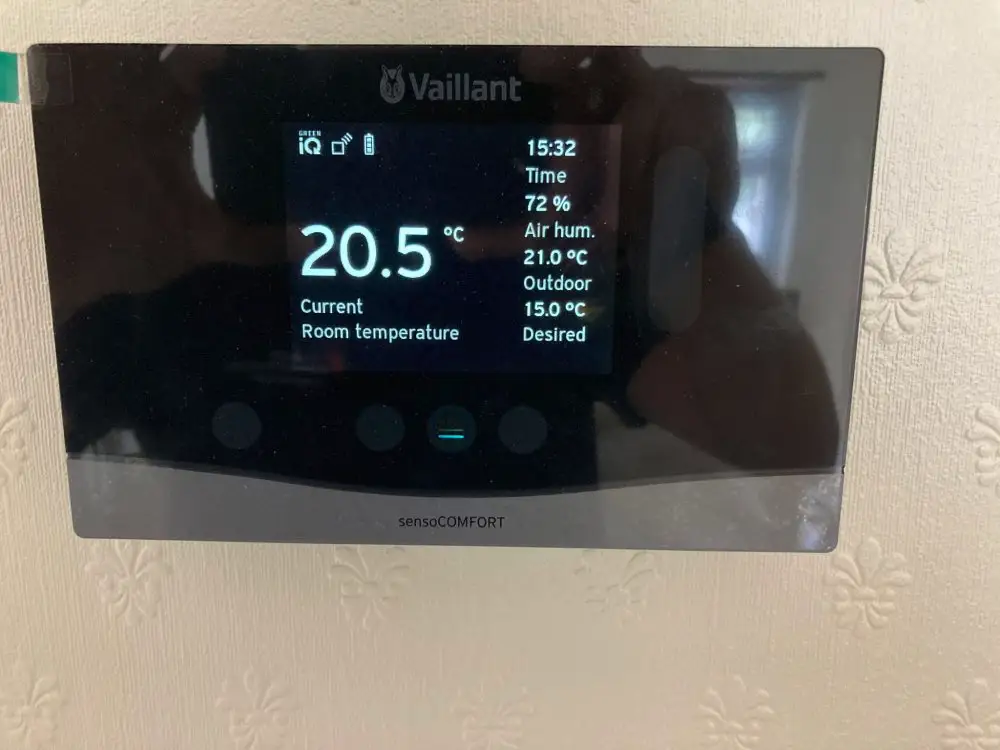Solar Thermal
Discover the benefits of solar thermal panels
Solar thermal provides renewable hot water for the home by harnessing the sun’s energy. Our guide provides everything you need to know from costs to the cons
Solar thermal panels efficiently convert sunlight into energy, using it to create hot water for your home.
Solar thermal is an older technology than solar photovoltaic (PV) panels, and while the latter has seen huge growth in the last decade – in no small part thanks to the now-finished Feed-In Tariff (FiT), which provided generous payments to homeowners – there’s still a place at the table for solar thermal panels, depending on your property's needs.
What are solar thermal planels?
In a nutshell, solar thermal panels create heat for use in domestic hot water. (By comparison, solar PV panels convert sunlight into electricity.) In the summer months, solar thermal panels could meet all or a substantial proportion of your domestic hot water demands. It is a simple, reliable technology which comes with a number of benefits.
However, it’s not a one size fits all solution, and weighing up whether solar thermal panels are right for your home will depend on factors such as how much hot water you use, the orientation of your roof, and your existing fuel source.
How does solar thermal work?
A twin coil cylinder or thermal store features a coil at the bottom that is connected to the solar panel, and a second coil of pipework further up the cylinder that is plumbed to the boiler (which provides a backup on those days when there is less sunlight).
Sunlight passes through a panel and is refracted by the glass. This changes its wavelength, essentially trapping it and producing heat. The heat is captured in a fluid and conveyed to a hot water cylinder.
In the UK, there is a closed loop of fluid between the panel and the storage cylinder that contains anti-freeze — generally a 50/50 water/glycol mix. This means the fluid in the panels never actually reaches the taps in the home. This is known as an indirect system.
There is a small pump that circulates fluid and it is usually triggered by a temperature sensor that will operate the pump (and move the fluid to the cylinder) if the panel is at least four degrees warmer than the temperature of the water in the storage cylinder.
Indirect systems typically feature a twin coil storage cylinder. It's also worth noting that the cylinder needs to be bigger than the standard cylinder — typically 200 to 350 litres. A large hot water storage cylinder allows the system to retain as much heat as possible whilst the sun is shining.
What different types of solar thermal panels are available?
There are two types of solar thermal panels available for domestic properties: flat panels and evacuated tube solar thermal panels.
- The flat panel: The most common type of solar thermal is a flat panel (also known as a collector), usually around 1m x 2m in area. Each panel contains a series of pipes that are either serpentine or grid shaped, with a metal (absorber) plate fixed on top that is coated in a highly absorptive blueish material (selective coating). The metal absorber plate collects heat from the sun; the fluid in the pipes then carries this heat to a storage cylinder in the house. The panels can be installed on a roof in a landscape or portrait configuration.
- Evacuated tube: These are glass tubes that have a copper tube within them. Between 10 and 30 of them are connected together with a header pipe to form a panel. Evacuated tubes have a vacuum in the glass that acts as the insulation and so are often a bit more efficient than flat panel solar collectors.
Some evacuated tubes known as ‘direct flow’ can be installed very discreetly on a flat roof, which could be particularly useful in sensitive areas such as conservation areas or on listed buildings (subject to planning permission).
How much do solar thermal panels cost?
Installing a two or three panel solar thermal system that would supply an average 200 to 300 litre cylinder will cost around £4,000 to £7,000.
The costs can vary according to the complexity of the pipe runs and roofing materials, and you would also expect to be at the higher end of that scale if using evacuated tubes.
You'll also need to factor in the cost of a twin coil hot water cylinder, which cost from £600 to just under £2,000, depending on the size and specification.
How much water can solar thermal panels heat?
"A solar thermal system will heat any quantity of water as long as the amount of panels is sufficient," says John Gilham, group technical manager at Green Building Renewables
"They work best when the system is designed to meet the output."
If you're asking 'can you run a house on solar power?', the answer is, to an extent with regards to solar thermal. The percentage of the hot water requirement that is provided by the solar panel is known as your solar fraction and it is by limiting the use of the back-up boiler that you can increase the solar fraction and maximise the return on investment.
For example, if you have a shower in the evening do you then allow the boiler to
reheat the water that you have used or do you leave the water in the cylinder and just size the capacity of the cylinder to provide enough hot water for the whole household?
In a small household it is easier to manage but in a larger home there may not be
enough capacity and you may need the boiler to reheat some water. This means
that the solar panel will only heat some of the water in the cylinder the following day,
thus lowering the solar fraction.
What the advantages and disadvantages of solar thermal?
For many people the financial payback on these systems isn’t very good, especially if you only have two people living in a four bed home. However, as they are fairly low tech products the carbon emission savings can be very beneficial. So for self builders with a planning condition that requires a percentage of your energy to come from renewables, solar thermal can be a great solution.
What’s more, in a new build eco house you may already be installing a hot water cylinder as part of your heating and hot water system, so the real extra cost for solar thermal is lower as you would need the cylinder anyway, and the scaffolding and plumbers may already be on site which again lowers the installation costs. The picture is not as sunny for most renovators, though.
That said, now that there is once again a level playing field for renewables (in the absence of the Feed-in Tariff, which provided a generous payment to owners of solar PV) we will definitely see more solar thermal solutions becoming available. What's more, you'll no longer be paying VAT on purchasing solar thermal panels.
They take up less space on the roof than solar PV and also have virtually no running costs. It is only really the amount of hot water that you use and your heat source that will define the return on investment, as these products really do work and should be on the radar when considering alternative technologies.
How much money could I save by installing a solar thermal system?
Savings will depend on your hot water usage, the system design, and the fuel you are replacing (gas, electric, LPG, for instance).
For a four-bed house you would likely use around 200 litres of hot water per day, 365 days a year.
That would mean that you actually use around 12kWh of energy per day on hot water. If we assume that half your annual hot water comes from solar then this equates to 2,184kWh per year (12kWh x 182 days) of 'free' energy. Let's compare that to the cost of producing the same energy using gas and electric:
- Gas: 2,184kWh per year x 7p (average) = £152.88
- Direct electricity: 2,184kWh per year x 28p (average) = £611.52
A saving of around £150 per year would give us a payback period of around 26 years on the capital cost of installing a solar thermal system, whilst a saving of circa £600 would give us a payback of just under 7 years. (However, this does not take into account off-peak electricity tariffs / unit prices, which would be much lower at night.)
The real potential of solar thermal comes when you design it to give you more than 60% of your annual hot water and make sure that the system is not oversized.
It's worth noting that grants for solar panels such as the Renewable Heat Incentive initiative, which paid out a deemed amount for seven years based on your deemed hot water usage, have come to an end.
The RHI ended in March 2022 and the Green Homes Grant was closed for new application in March 2021.
We are Southampton's Verified Heat Geek
We are proud to be Heat Geek Verified. We have undertaken the robust verification process with Heat Geek to give our clients peace of mind and assurance that our expertise and experience can be relied on.


Do you need the help of a heating expert?
Get a free quote along with professional advice














